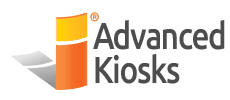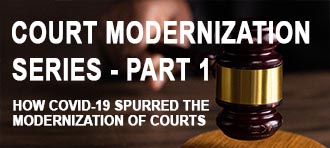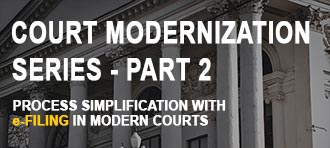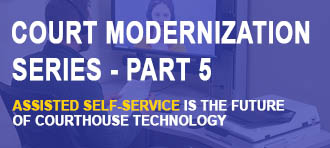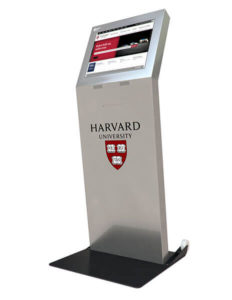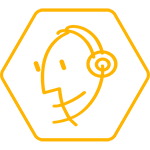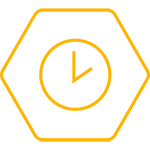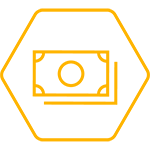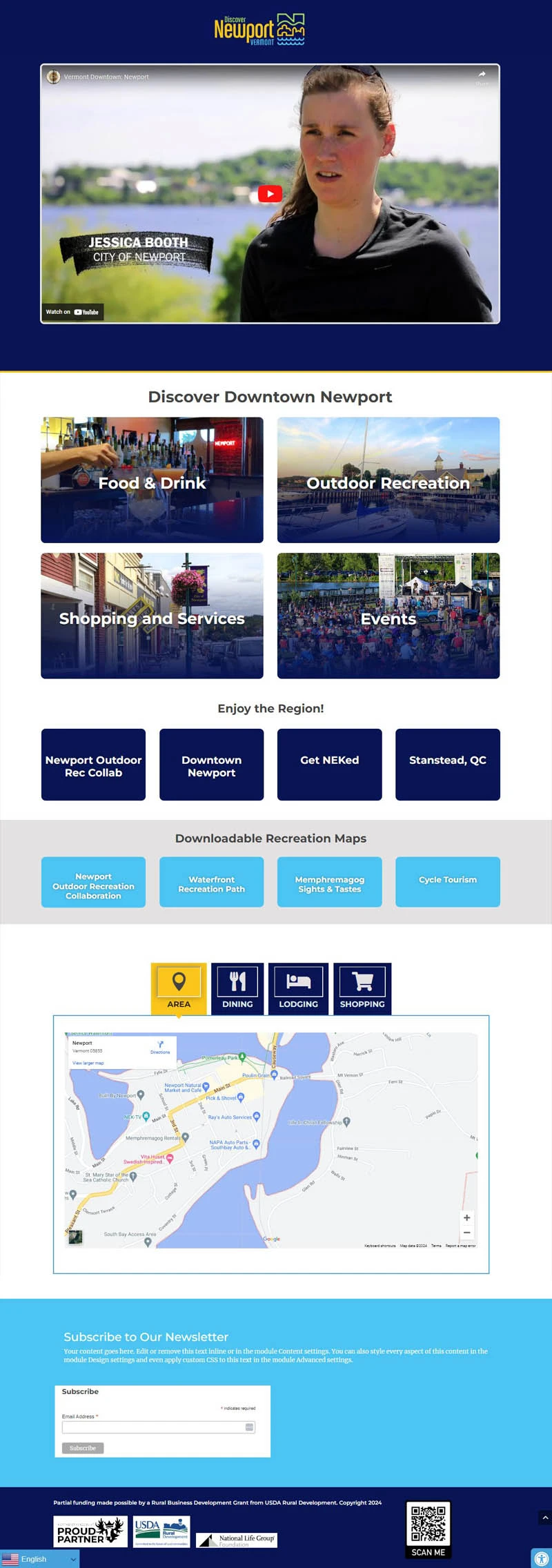Thank you for waiting for the second part of Advanced Kiosks’ interview with David Andrews, author of,
“Why Does the Other Line Always Move Faster?”
The psychology around waiting in line is truly fascinating. David Andrews shares what he knows on the subject and he knows a lot.
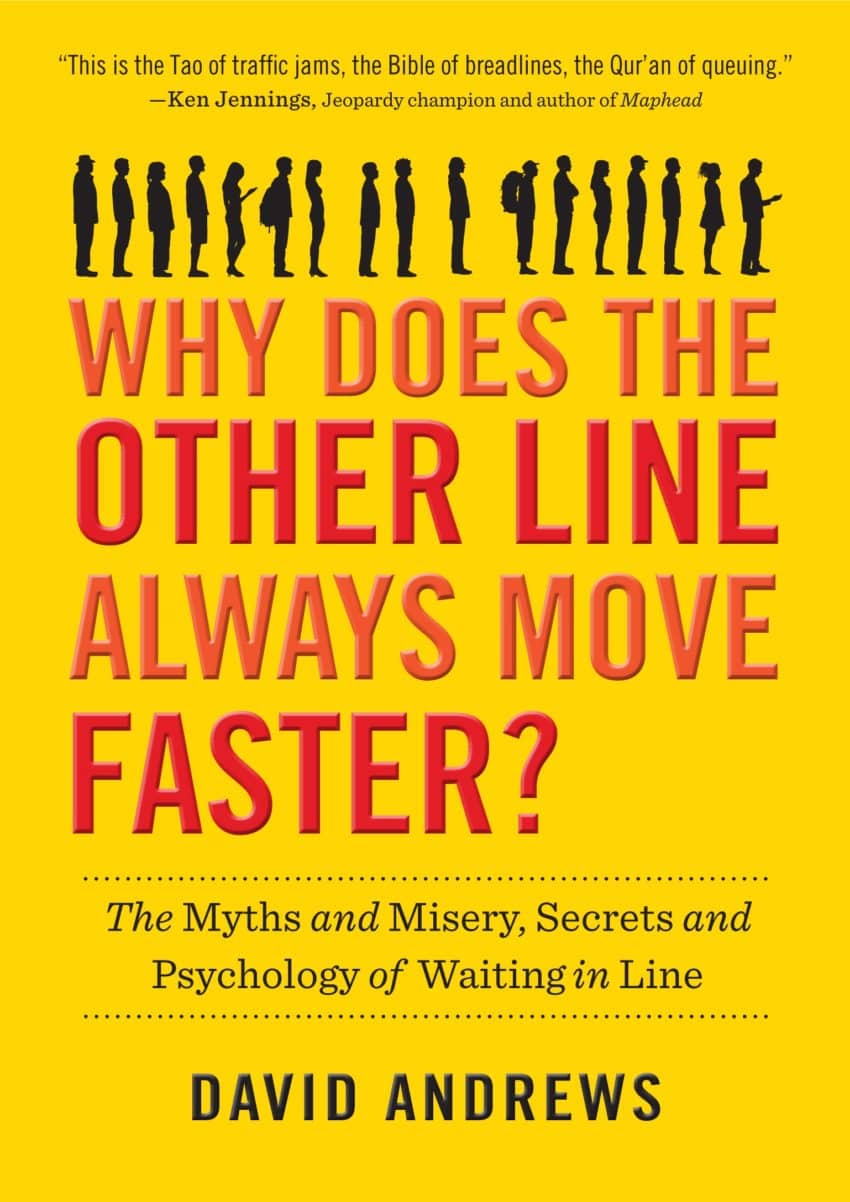
Nancy Deol: What’s the best way for large companies to handle so many people who are coming there for so many different reasons?
David Andrews: A short answer would be to have some knowledge of when peak times are and have staffing accordingly. This is why we have queue theory, which I write about in my book, and it started with telephone companies in Denmark specifically. The whole question of, and this is back in the days when they were still doing the switchboard operating, and they had to have a human there to do that. At certain times of the day they would get completely log jammed, so they needed to study when people were more likely to make telephone calls and basically have staffing accordingly because you don’t want full staff at all times but at these given hours, statistically, you have higher traffic and then you do want more staff working.
ND: Are organizations paying enough attention to waiting times?
DA: It really depends on the organization. Disney, for instance, Disney definitely understands. Their business is to both have lines, but to make people not feel terribly inconvenienced by them. They study general traffic based on days of the year, historically speaking, they know what parts of the park people are more likely to visit at certain times of the day and they can add extra rides to the Pirates of the Caribbean if they know people are going to show up there at certain times of day, mid-morning say, before moving into other parts of the park. There are definitely some companies that do a great job of this and there are others that don’t, Comcast for instance, if I’m going to name names.
“Their business is to both have lines, but to make people not feel terribly inconvenienced by them.”
ND: How do you see queuing software evolving? There are so many companies out there and each one has a little bit of this or that, trying to capture part of the market. Where is software going in terms of helping with customer flow management?
DA: Speaking as a customer, one thing that is really clear, is that there is so much more information entering into a situation than there was in the past. I can pull up Google Maps while I’m driving and look up traffic for a certain time of day and know not to go that route. I get my haircuts at some national chain and they have an app and I can see when they are busy and choose not to go get a haircut then. I think the more information that the consumer is given, and they can therefore make decisions accordingly, the better. I think the worst line standing experiences are the ones that you do not account for. When I go to the DMV, you know, I make sure to take a book. That’s why smart phones, apps that can tell you what traffic is like on I94, these are affording us, as consumers, a lot more information. That means we’re not all colliding into one place at one time. We can make decisions accordingly. So that’s one area that I think will probably get better.
ND: It sounds like it comes back to giving the consumer more control over their line experience. Or some degree of it, or an illusion of it, at worst.
DA: I would love for TSA, for instance, and I’ll be flying tomorrow as a matter of fact, to have an app and you’re going to the Minneapolis airport that you can expect to wait for this much time, therefore plan accordingly. Because that is the most frustrating thing when you don’t know when there is going to be a surprise 45 minute wait.
ND: You would hope, because they always say you should give yourself at least an hours and a half, or something like that, when in reality you do exactly that and then you zip right through. I guess then they have you there and maybe you’ll go shopping. Maybe that’s really the secret behind that or, to your point, it’s going to be the 45 minute delay and you wish you had known to account for that time.
“I think the trick is being aware of what kind of anxiety this situation produces, and that comes from self-knowledge…”
ND: So what’s the secret in choosing the best line to stand in? Are there any tips or tricks to it? I mean, is there a right line?
DA: I don’t think so. It’s the situation when you’re in traffic. You move into the next lane and the lane you were just in starts moving faster, so you move back into that lane and the same thing happens. I don’t know if there is a trick to it to be honest. I think the trick is being aware of what kind of anxiety this situation produces and that comes from self-knowledge, and also acknowledging the fact that either lane is not going to be that drastically different. I mean when the extra lane at the grocery store opens up, what am I really losing? A minute tops, probably. And so just realizing that though it makes me anxious when these situations happen, I can also step back and just say “chill” to myself. “David, chill out.” It’s really not a big deal.
ND: Chill out. Right, but how do you feel when you’re standing in the grocery line or a line at Target, for example, and you’re three back and the light flips on. You know that light? The calling people over light. That gives me anxiety.
DA: It gives a lot of people anxiety. Dr. Richard Larson, who also goes by Dr. Queue, wrote about this phenomenon where they open up another line at the grocery store and if I happen to be at the right place at the right time I thank my lucky stars. I just got to go to the front of the line. Everybody else is like, “Argh. Dammit.” And he actually has terms for this. It is two different psychological reactions to the same phenomenon when they open up that extra line. He calls them “slips” and “skips.” So when I’m lucky and I get to go, I’m like, “Great! Perfect timing! How lucky am I?” He calls that a “slip.” I got to slip by the line. And the social rules allow for it. Everybody is kind of pissed off, but they’re not pissed off at me personally. They’re pissed off at the grocery store that did that and that allows that to happen. So they’re pissed off and they experience that same thing, but as a “skip”. They’ve been skipped over. So your particular question…does that annoy me? I’m used to it. It annoys me less now having researched this topic. I mean, what am I losing here? A couple minutes? Don’t let it get under your skin.
“The big lesson is that humans are not objectively good at measuring time when they are miserable so we tend to inflate the amount of time that we are actually in line, especially when others are jumping ahead of us.”
ND: Right. It’s the small stuff. People probably don’t understand that it’s only a couple minutes. They don’t think that way. We’d probably all be a little happier if we realized, “Well, I’m only losing one minute. It’s not a big deal.”
DA: You mentioned David Maister earlier and his article is all about how this anxiety that is produced in these situations actually makes wait times seem longer than they [are]. The big lesson is that humans are not objectively good at measuring time when they are miserable so we tend to inflate the amount of time that we are actually in line, especially when others are jumping ahead of us. This is one of his Eight Propositions Concerning the Psychology of Waiting in which he writes that unfair waits are longer than equitable waits. If everyone is being served according to first-come first-serve then we experience that as shorter than if someone gets to slip by when that extra cash register opens.
ND: That makes complete sense to me. Now that you’ve written this book and studied this subject, you probably know more about standing in line than most people in the world who spend so many years of their lives standing in line; can you give us a little sneak peek about what’s next for you?
DA: I don’t know. Well, I’m in a Ph.D. program so I’ll probably go back to writing about literature.
